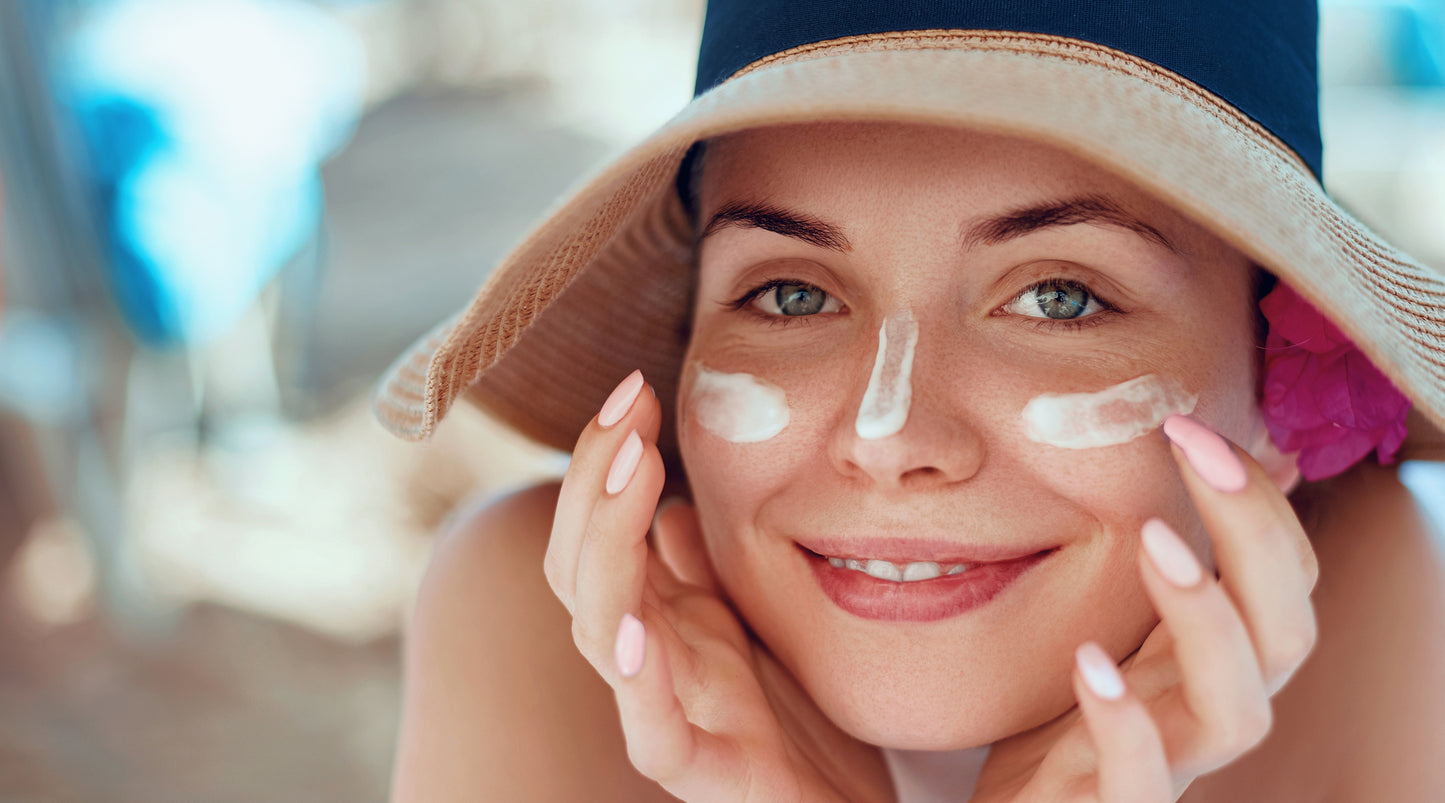
We keep being asked about the impact of the Federal Drug Administration’s (FDA’s) recently released (in 2011) sunscreen guidelines, so here’s a quick overview.
First of all, new testing and labeling sunscreen standards were first proposed by the FDA 33 years ago (yes, you read that right, 33 years ago) and they have been in perpetual purgatory since then without any official action. Industry, consumer, and many different special interest groups, including dermatological societies and cancer prevention foundations, weighed in over the years, but no updates to the rules were ever made over that period by the FDA, despite the fact that improvements to the guidelines were desperately needed.
Yet last week, the sunscreen measures were finally approved! These final regulations will go into effect next month (June 2012).
The major updates include:
- Previously, the term “broad-spectrum” meant nothing. Not a thing; it was not regulated. Now, if a sunscreen lotion uses the terminology broad-spectrum it must actually block some percentage of UVA rays compared to the percentage of UVB rays it is able to block. It won’t have to block the same percentage of UVA rays as UVB rays, but it will have to block some lesser percentage. This is a dramatic improvement.
- If a product doesn’t have “broad-spectrum” protection, it will be required to carry a warning that it may be able to provide protection from sunburn but not skin cancer or early signs of aging.
- The terms “sweat proof” and “waterproof” can no longer be used because they are misnomers.
- Manufacturers can’t claim protection immediately upon application, or “instant protection.”
- Similarly, the term “sunblock” cannot be used because obviously no lotion can completely block the sun’s radiation.
- The term “water resistant” can be used with proof that a product resists washing off in water. Products can claim either 40 minutes or a maximum of 80 minutes, based on standard testing.
- No product will be allowed to claim higher than an SPF (Sun Protection Factor) of 50. Those sunscreens you see with SPF 55, 80, 100, etc. will be gone, unless manufacturers can provide evidence that they offer superior protection. Currently, the FDA has no evidence that products with an SPF over 50 provide any additional protection.
- Products cannot claim protection for more than 2 hours without reapplying unless they submit evidence and receive approval from the FDA.
This Anti-Aging Capsule Contains Natural Ingredients That Protect Your Skin And Eyes From The Inside.
LEARN MORE.
Here are the important points to consider:
- No sunscreen completely blocks skin damage from the sun. The longer you are in the sun the more damage your skin will sustain.
- Many sunscreen lotion ingredients are toxic. They are absorbed through your skin and into your bloodstream, and can alter hormonal levels. Pregnant women should be especially cautious!!
- Some sunscreen lotions are generators of free-radicals because they are unstable in sunlight, breaking down in your skin and actually causing damage. These unstable ingredients including retinol and retinal and various other active ingredients.
- Remember, UVA rays cause aging and, some scientists conclude, more damage than UVB rays. And UVA rays (due to their longer wavelength) just are not fully blocked by sunscreen and penetrate deeper into your skin than UVB rays. UVA rays harm the sensitive structures of your skin including collagen, elastin, proteins, etc.
- SPF still only measures UVB protection. An SPF of 15 is supposed to mean that, as tested in a laboratory and when used as directed, sunscreen allows you to be in the sun 15 times longer than without while sustaining the same amount of damage FROM UVB rays. Again, it does not measure the percentage of UVA rays that are blocked or how much damage you are sustaining from them (or any other wavelength in the sunlight spectrum). As a wonky aside, in addition to ultraviolet rays, sunlight also contains a percentage of x-rays, infrared radiation, visible light, and radio waves (and gamma rays that don’t reach earth).
- SPF is measured with COPIOUS amounts of sunscreen under special conditions. This is NOT how the average person uses sunscreen. It has been estimated and measured in studies that the effective SPF (the SPF that most sunscreen users are really getting) is about 3. Yes: 3. This is still significant, but beware that the sunscreen you are using is really not giving you the protection you think it is. Of course, this still only applies to UVB protection. Sunscreen’s protective abilities against UVA rays are much less.
- Sunscreens will block your production of Vitamin D.
Unfortunately, many of the ingredients in sunscreen lotions that are unsafe are still on the market and legal and it is going to take a sea-change to have these removed from products. So protect yourself with knowledge and understand for what you should be looking in a sunscreen, what you are actually getting for your purchase, and how the product may or may not be protecting you.
If you use topical sunscreen lotions, the key ingredients are zinc oxide and titanium dioxide. Make sure they aren’t micronized forms. And be very sure a slew of other chemicals aren’t included in the formulation.
Certain foods with antioxidants can also help promote your skin’s defenses against the effects of sun exposure. A supplement made with antioxidants in foods and plants that support your skin and eyes can also help.
Here’s an overview of the sunscreen situation:
The Limitations And Drawbacks Of Using A Topical Sunscreen
Click here for a post with links to sunscreen recommendations from the EWG:
Sunscreen Hazards and Recommendations From the Environmental Working Group (EWG)
Be safe and smart out there this summer and protect yourself from the sun!







